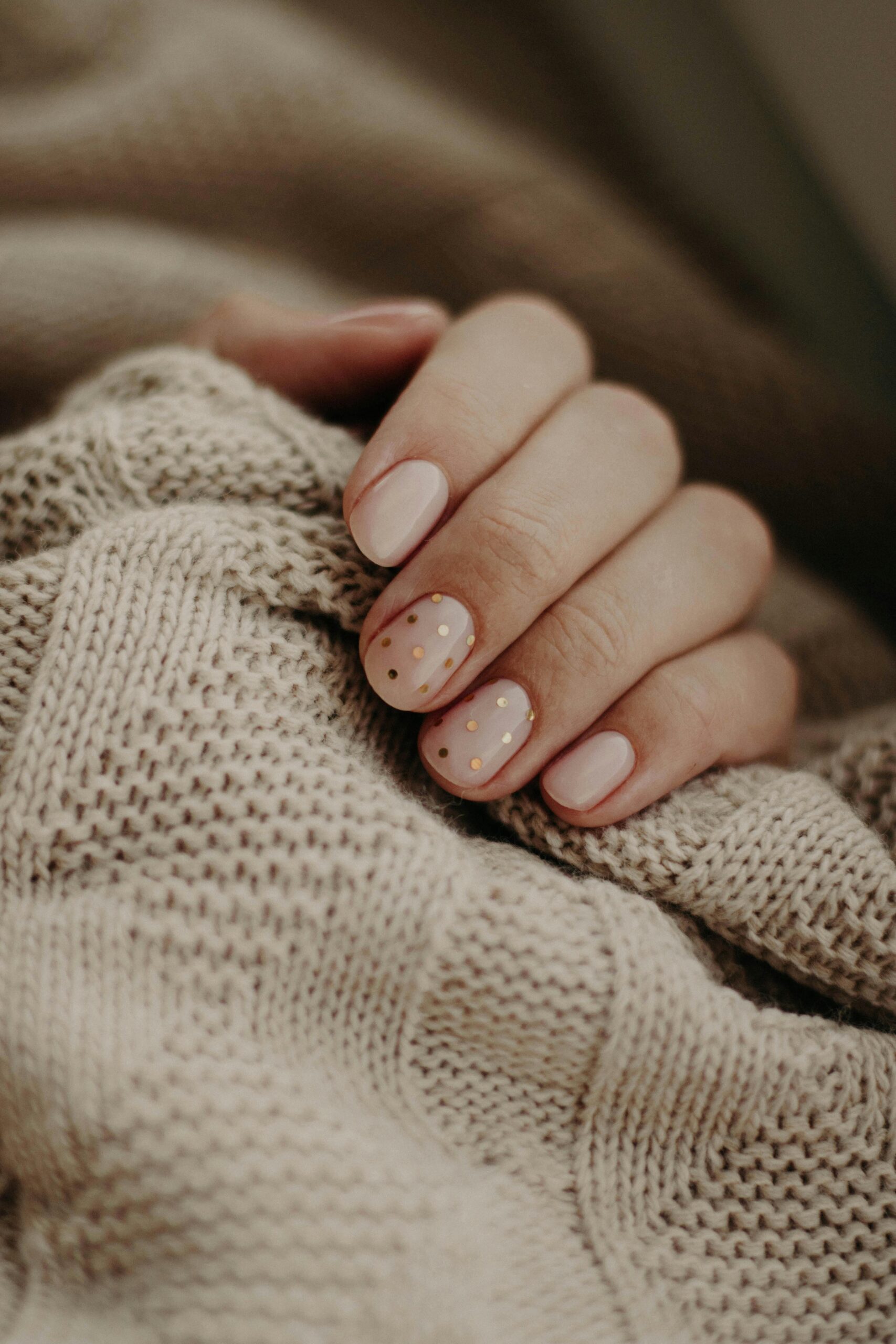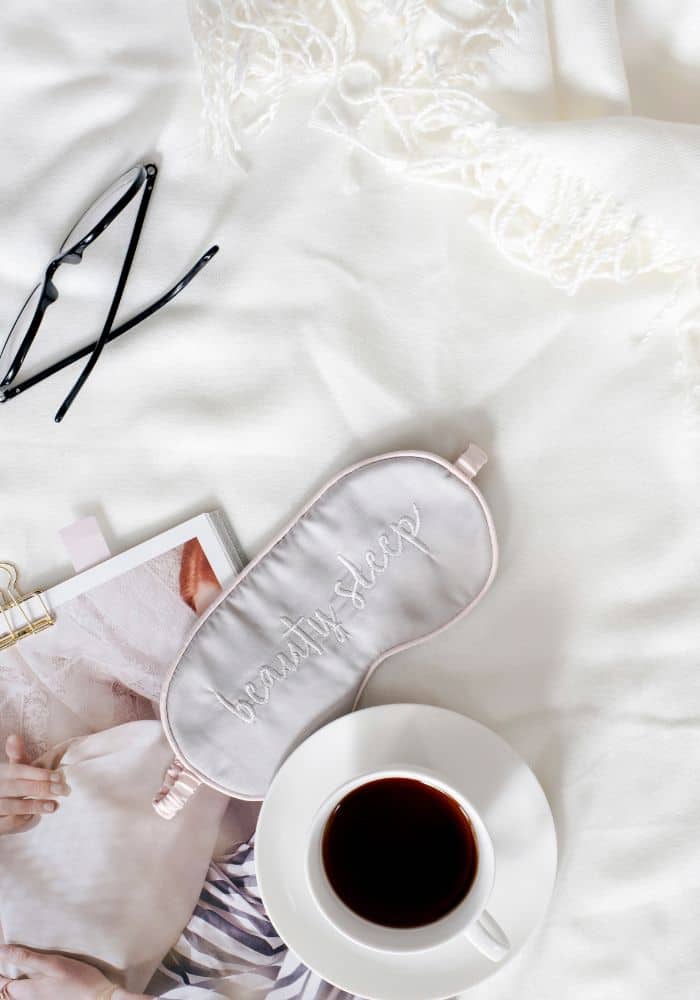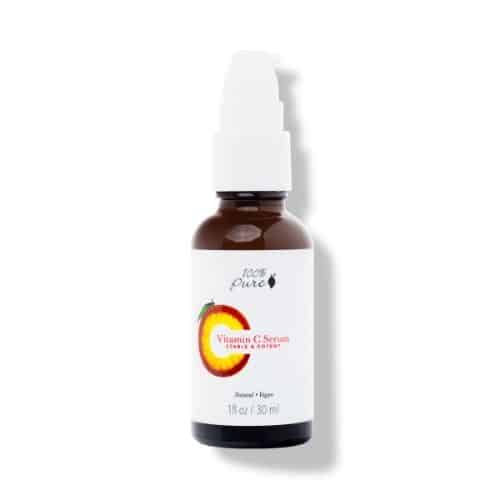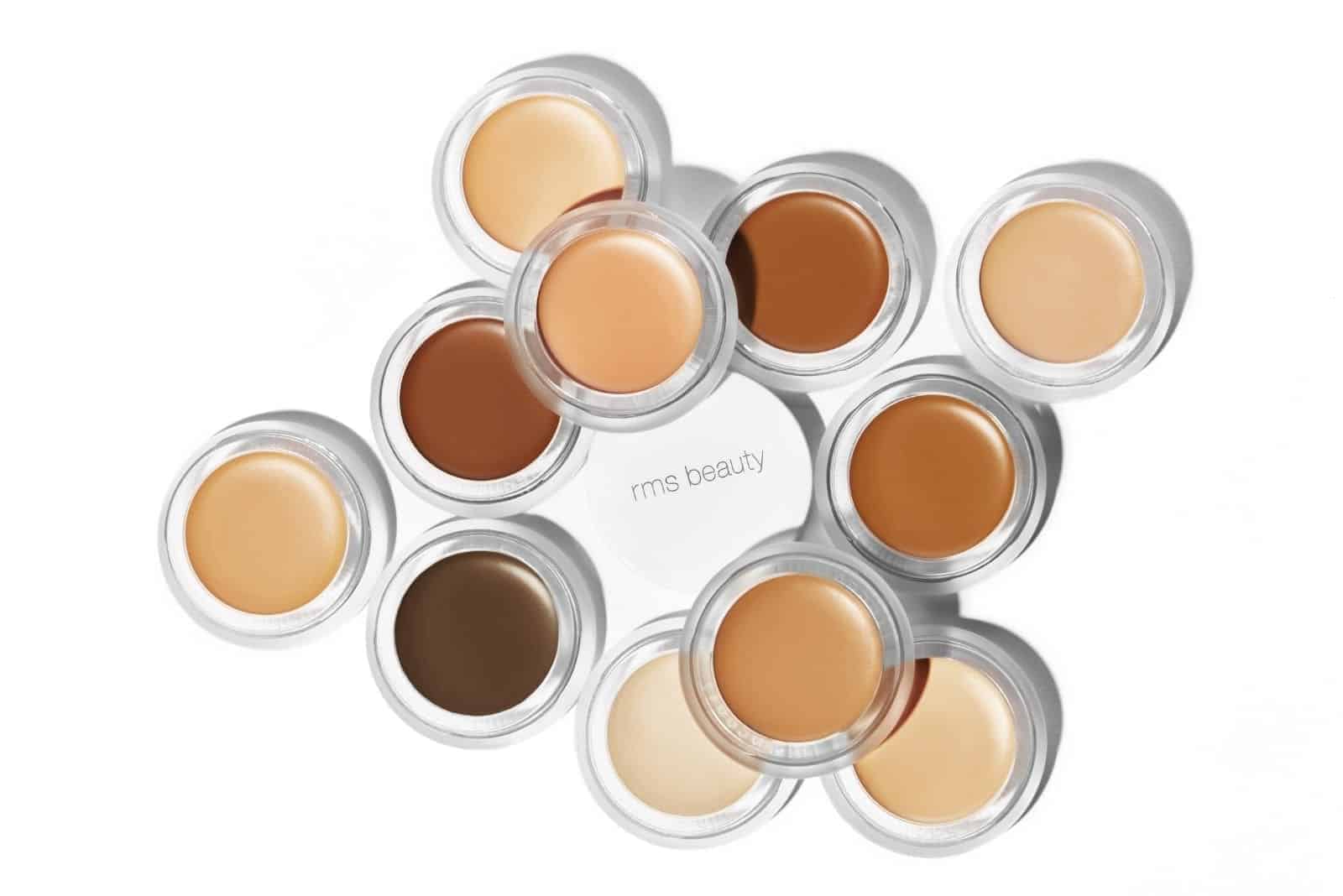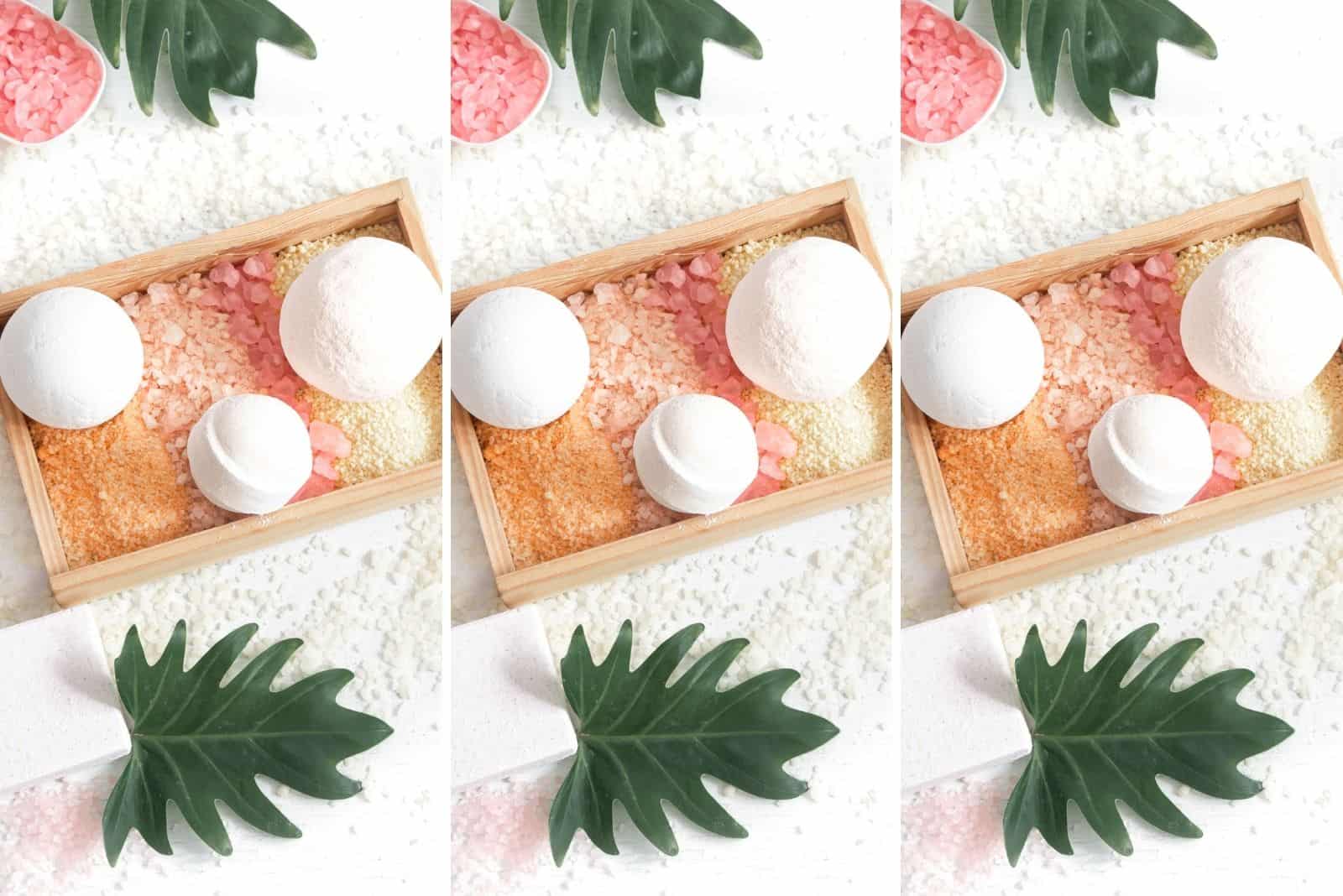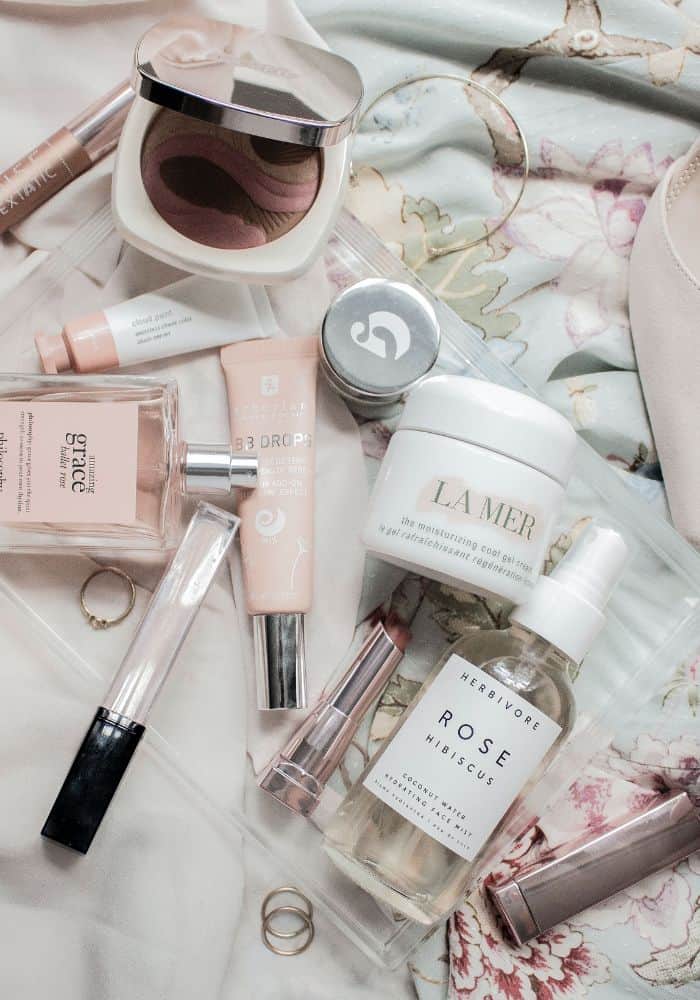Microplastics in cosmetics pose a threat to environmental health. This post will teach you everything you need to know about why plastic waste matters and the simple steps you can take as a consumer to help the environment recover.
This post may contain affiliate links, which means I’ll receive a commission if you purchase through my links (at no extra cost to you). I only promote products I’ve tried and love. As an Amazon Associate I earn from qualifying purchases
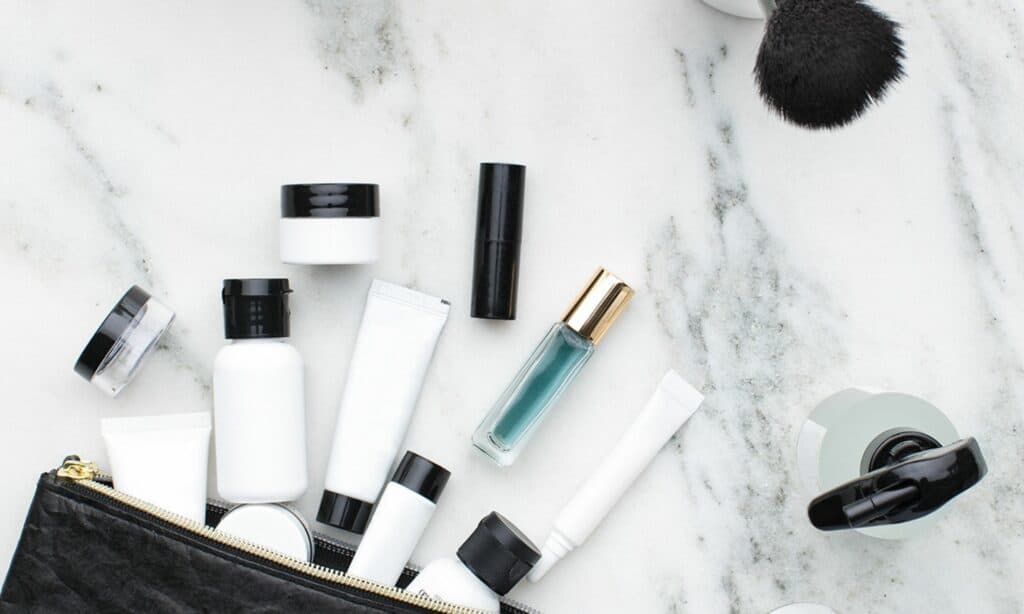
Microplastics in Cosmetics
Reducing microbeads in beauty products has a positive effect on marine life, and curbing plastic use overall is an important way to support the health of the environment.
According to Harvard Health, there were approximately 14 million tons of microplastic on the ocean floor in 2020.
What are Microbeads and Microplastics?
Microplastics are cost effective fillers for consumer products ranging from skin care products to pool toys. Microbeads are a type of microplastic. The purpose of microbeads in cosmetics of is usually to provide an abrasive element in cosmetic products, but the environmental consequences of using this material far outweigh the benefits. When microbeads are rinsed down the drain, they infiltrate the water supply and are flushed into large bodies of water.
Some marine animals mistake plastic for food and become entangled in plastic waste. This concern for environmental researchers interested preserving marine ecosystems.
“Many plastics do not biodegrade to any significant degree, regardless of environmental conditions, while some do so very slowly if exposed to air, water and light – both types are best recycled or used for their stored energy.”
–Plastics make it possible
Microbeads are banned in some countries, but microplastic waste is still an issue even in countries where microbeads are banned. Brands that discontinued the use of microbeads turned to environmentally-friendly alternatives such as salt, sugar, and charcoal.
Types of Microplastic Waste & Removal
Removing plastic from the environment is difficult task due to the ability of microplastics to spread quickly. Even if a product doesn’t contain microbeads, the container and plastic wrapping can shed small amounts of plastic.
There are two main types of microplastic that affect the environment according to National Geographic. Although primary and secondary microplastics are produced for different purposes, both compromise the health of natural ecosystems.
“Primary microplastics, such as microbeads used in personal care products or the pellets used in plastics manufacturing, are intentionally manufactured small. Secondary microplastics are the consequence of one of plastic’s most valued assets: its durability. They begin as discarded products that are broken down in the oceans by sunlight and wave action…Microplastics have been detected in drinking water, salt, and other food.”
–laura parker, national geographic
One of the easiest ways to contribute to microplastic removal is to buy from plastic-negative beauty brands. If a company is plastic negative, the brand will remove a small amount of plastic from the environment for every product a consumer buys. This is similar to brands that plant a tree for every product purchase.
Where Are Microbeads Banned?
Several countries have made a concerted effort to either reduce or ban the use of microbeads. The Microbead-Free Waters Act of 2015, banned the use of microbeads in toothpaste, sunscreen, face wash, makeup, and other cosmetic products in the US.
According to the FDA, the act “prohibits the manufacturing, packaging, and distribution of rinse-off cosmetics containing plastic microbeads. This new law also applies to products that are both cosmetics and non-prescription (also called ‘over-the-counter’ or ‘OTC’) drugs such as toothpaste.”
In 2017, the United Nations proposed a plastic-reduction plan to which 193 countries agreed. The United Kingdom banned microbeads and Australia is taking measures to reduce plastic in consumer products as well.
According to the Australian Government’s Department of Agriculture, Water and the Environment, Australia created the 2019 National Waste Policy Action Plan to phase out the use of microbeads. A study done by the Department found that the movement was successful in removing plastic use in 99.3 percent of businesses.
How to Tell If a Product Has Microbeads
If you live in an area where microbeads aren’t banned, it’s important to know how to recognize them.
According to Forbes, the following ingredients on labels indicate the presence of microbeads: “polyethylene, polypropylene, polyethylene terephthalate, polymethyl methacrylate, polylactic acid (nylon).”
Some brands label products without microbeads for transparency as well. One example of this is Neutrogena, a popular drug store brand that started to label it’s products with the words “without microbeads” for transparency. However, buying products in plastic containers still poses the risk of having microplastic in your products.
Microplastic guides are a good find out which if brands are using high levels of microplastic. A site called Beat the Microbead provides a Guide to Microplastics in cosmetics that have not been banned. The list contains approximately 500 microplastic ingredients to be aware of.
Other options to assess plastic safety can be found on clean beauty databases. A great example of this is the Grove Beauty Plastic Score Card which explains the brand’s approach to using plastic.
How to Reduce Your Impact
There are several ways to reduce your environmental footprint as a consumer. Purchasing products from blue beauty brands with “plastic negative” programs, participating in beauty recycling programs, and using plastic-free sustainable beauty supplies, are great ways to help the environment.
Shop Blue Beauty Products to Reduce Microplastics in Cosmetics

The Blue Beauty Movement, an effort to reduce waste and reverse the effects of the beauty industry on marine life, was started by Jeannie Jarnot. As a consumer, shopping for blue beauty products is one of the easiest ways to reduce your environmental footprint. Jarnot is also a founder of Beauty Heroes, a database of blue beauty brands. Each brand participates in a “plastic negative” initiative and will remove one pound of plastic per purchase.
“For each order from our Beauty Store, Beauty Heroes removes one pound of plastic from the environment with our partner rePurpose global making your purchase certified plastic negative.”
Beauty Heroes
Each brand on the site must do the following:
- Contain organic, non-GMO formulas
- Provide minimal, sustainable packaging
- Offer consumers a way to recycle
- Become B-Corp Certified
For a complete description of how the brands support blue beauty please see Blue Beauty: Moving Beyond Green.
{Related Posts: Where to Find Clean Beauty Products and How to Tell if Your Beauty Products Are Clean}
Beauty Recycling Programs
Participating in free recycling programs is also an easy way to support the environment as a consumer. It is also an environmentally-friendly way to clear space in your home. The blue beauty brands on Beauty Heroes are required to offer sustainable packaging and offer consumers recycling options.
If you buy from another brand, there are still ways to recycle. TerraCycle does provide free recycling to brands partnered with the program. If you’re interested in using TerraCycle for free, click here to access the search bar for their free programs.
Loop, a site created by TerraCycle. The site allows consumers to buy popular products that are packaged sustainably, and offers products from Walgreens and many other brands.
According to TerraCycle, “For the first time ever, consumers can receive their favorite products from trusted brands in durable, reusable packaging. By creating this circular, durable model, we’ve closed the Loop on e-commerce shopping.”
If you can’t find your product on Loop, try Pact Collective or see Where to Find Beauty Recycling Programs for more recycling options.
Sustainable Beauty Supplies
Another way to reduce microplastic is to use reusable beauty supplies that do not contain plastic. Hand soap, cotton pads wrapped in plastic, feminine hygiene supplies, and many other products either contain plastic or are wrapped in plastic.
If you must buy products in plastic, consider switching them to glass containers or using reusable bags instead of plastic bags at the grocery store.
Shipping Resources
Some companies offer shipping resources to reduce packaging. One example of this is Amazon. In the shipping section, you can choose to ship your products in fewer boxes. Sometimes this does not allow for next day delivery, but it is one way to make your Amazon purchase slightly more sustainable if you need to order from Amazon.
As far as next day delivery is concerned, it is important to be aware of the impact this has on Amazon workers and sustainable work environments. For those of you who are not aware of the impact of next day delivery on Amazon workers, I highly recommend opting for shipping in fewer boxes and not opting for next day delivery if you can for now.
How to Dispose of Microplastics in Cosmetics
Disposing of your plastic wrappers can be complicated. Some recycling companies don’t accept soft plastic, and putting soft plastic in regular recycling bins can contaminate it. When you can, it’s best to use free recycling programs like TerraCycle or to avoid buying plastic products when possible.
Unfortunately many clean products still come in plastic, so transferring your products to a different container and recycling the packaging is sometimes the best option.
{Related Post: How to Switch to Clean Beauty}
Recap: Microplastics in Cosmetics

Reducing microplastics in cosmetics protects consumer health and the health of the environmental ecosystems. It is important to be conscious consumers, and reduce plastic use wherever possible.
Although the move to ban microbeads has a positive impact, microplastic use is still a huge concern. Ingredient lists, microplastic guides, and labels are important resources for reducing plastic waste in the environment.
You'll Also Love
Credits
Legal
© 2021-2023 Just Clean Style
JCS is a participant in the LTK and Amazon Services LLC Associates Program, an affiliate advertising program designed to provide a means for sites to earn advertising fees by advertising and linking to Amazon.com or Like to Know It Affiliate Programs.
You deserve the best in beauty and business.
